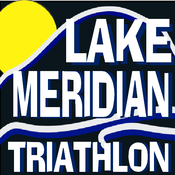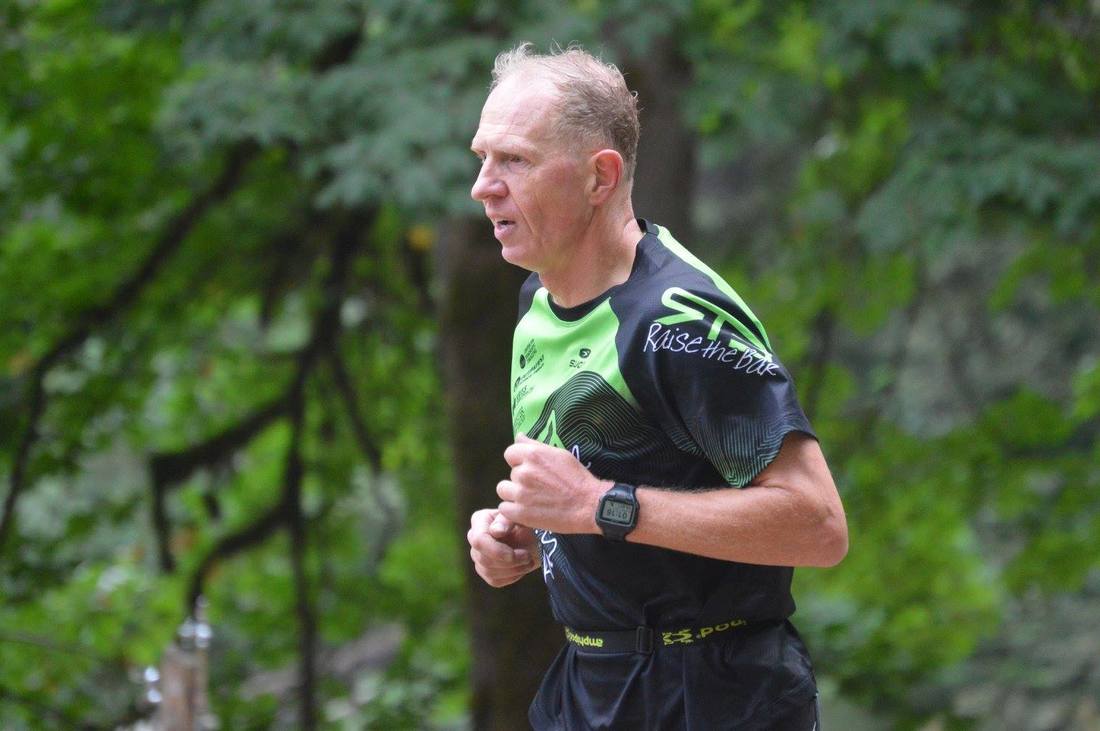 Michelle Murphy, ARNP Peak Performance & Prevention, LLC P3life.com There are two types of clients I see every day… the one who has every possible supplement ever and the one who doesn’t take anything…because “who has time for that?”! …So, what should we be taking as age group athletes? What should “normal” people take to support healthy biological function and what should athletes take to support recovery and optimize performance? I will lead this… everyone in the Pacific Northwest should be taking Vitamin D3 5,000iu in a gel capsule daily and I would second that with Omega 3 fatty acids between 1200-1600mg daily… I’m not going to delve into why because there is no counter for why not. The research overwhelmingly supports both of those items in both athletes and non-athletes… The next item in order of importance without seeing your genetics, inflammatory markers, metabolic markers, or hormone levels… for my athlete clients is CoQ10. Have you seen this on the shelf at Super Supplements or as a sample in the supplement section of Costco? It is the most widely sold supplement in the US right now and I can’t find one person that can explain why… but here you go! CoQ10 is a coenzyme that is in every single human cell and its role in aerobic metabolism is crucial (and I rarely if ever see a normal level in any client coming in for their initial lab review!). This Coenzyme is diminished when people are placed on statin medications (to lower cholesterol) which is why so many folks don’t tolerate statins …. muscle aches secondary to diminished CoQ10. Anyone on a statin absolutely should be supplementing with CoQ10. But back to the athletes…. Multiple studies have found that after 2 weeks of daily supplementation with CoQ10 that time to exhaustion on treadmill studies was extended… so we gain endurance but even more interesting is that there was less post oxidative stress. CoQ10 essentially helps your muscles perform and protects from the free radicals produced from extended duration of exercise (take note endurance athletes that any exercise greater than one hour produces damaging free radicals, so recovery and antioxidants are critical). The dosage is contested and not agreed upon in the literature. I have found that most folks reach therapeutic levels at 300mg daily. Most of the research supports dosages between 100mg and 300mg daily. This is just one of the indicators we check at Peak Performance & Prevention to optimize our clients’ health and attain their goals. Journal of International Society of Sports Nutrition. 2008; 5:8
1 Comment
 KNOW YOUR OPTIONS, COMPARE MEDICAL IMAGING PROVIDERS AND TALK TO YOUR PATIENTS ABOUT CDI. At Center for Diagnostic Imaging (CDI), our focus on diagnostic imaging (MRI, Open MRI, CT, X-ray, Ultrasound and related services like diagnostic and therapeutic injections) in an outpatient setting allows us to provide high-quality care at a lower cost while giving patients the answers they need.  CDI OFFERS: • The most robust MRI service offerings in Western Washington with 3T, 1.5T, 1.2T Open, and the Open Upright MRI • Open MRIs ideal for claustrophobic and broad shouldered patients who have trouble completing a traditional MRI exam • Nine locations with convenient appointment times including evening and Weekend hours • Subspecialized radiologists with advanced training in the area of the body that you are having scanned • Certified technologists and staff members who offer exceptional patient care to help you feel relaxed and at ease. TO SCHEDULE AN APPOINTMENT, OR WITH ANY QUESTIONS, CALL 855-643-7226.
BELLEVUE | BELLINGHAM | EVERETT | FEDERAL WAY | KIRKLAND | LAKEWOOD | PUYALLUP | RENTON | SEATTLE  Our good friend, Jerry Sommerman, went along to heaven yesterday after bravely battling cancer. Jerry was MANY things: Husband, Father, Grandfather. He was a mountaineer, adventurer, traveler, triathlete. He was kind and happy and fun. He listened and asked questions - he was so INTERESTING...but even more so was INTERESTED and invested in the people around him. Jerry actively raced with RTB for quite a few years from around 2008 and made many friends. He won and drank from many podium pint glasses! He did almost every single XTERRA Black Diamond - getting a little faster each time. He also did the Black Diamond Half, Lake Meridian Tris... Bill took a photo of Jerry at the finish line of an event with his warm, bright, incredible smile. I used that photo on the webpage..in flyers... everywhere for a few years until I wore it out. It - He - was a wonderful representation of the best of RTB. I'm looking everywhere for that photo!! When I find it I'll post. Karen Nolting has great memories of him: "Jerry was a skilled mountaineer willing to teach and share his knowledge and love for the outdoors. The expeditions he led were inclusive, he built people up. Jerry had a wonderful laugh and he used to ease tensions and build relationships. He was always a friend. Even if you hadn't seen him for awhile. I could always trust Jerry. Whether it was on a bike or on a mountain. The circumstances didn't matter." Scott Serpa is a long-time friend of Jerry's. They are cut of similar athletic cloth...both doing amazing athletic feats long into the years where many men are taking up more sedentary undertakings. Scott remembers Jerry as "An amazing person - a great friend who valued his family like no other." Jerry, you were awesome - thank you for living a part of your life with RTB. We're better because you were with us. We will miss you. By Holly Pennington, PT, DPT/Outpatient Physical Therapy We all want to swim like Michael Phelps, but do we want to stand like him? It doesn’t take a Physical Therapist to spot a few standing posture problems in this picture. The rounded upper back, chin that is far from “tucked,” and 45-degree angle of the neck may cause us to question even the faintest flickers of our dreams to become the next swimming GOAT.
While this classic “swimmer’s posture” is often associated with many years and thousands of hours spent training in the pool, it is not only elite swimmers who are at risk. If you take a moment to imagine your upper back and neck in the same position as Phelps in the photo above, you’ll find yourself on your bike, in your car, at your desk, hovering over your phone and maybe even lying in your bed. So much of life demands this forward head, rounded shoulder and upper back position that a quest for perfect, plumb-line posture would require an extreme work/training/home makeover. There is another option: embrace the demand. A triathlete’s reality is one in which the body must regularly function in this forward position; embracing this demand will require a combination of recognition and reward. First, pay attention to how much time you spend looking like a swimmer. Understanding when and why you find your chin reaching out toward your toes is the first step. Second, reward your hardworking body with the positional reverse: upper back (thoracic) extension. Gentle extension-biased exercises are the natural balance needed in the forward-leaning life. Here are a few specific ways to reward your body for working hard for you:
You don’t have to get out of the saddle or the pool, quit your job or give up your phone to take better care of your posture. Take care of the Phelps in you: embrace the forward-bent demand you place on your body each day by rewarding it with a few minutes of gentle extension stretches or adding rowing exercises to your strengthening program. *If you aren’t sure if extension exercises are appropriate for you or want to learn which ones are best for you, visit www.outpatientpt.com to contact a Physical Therapist or Athletic Trainer at a clinic near you. |
Raise the BarRace reports, upcoming events, news, and more, from RTB. Archives
September 2023
|

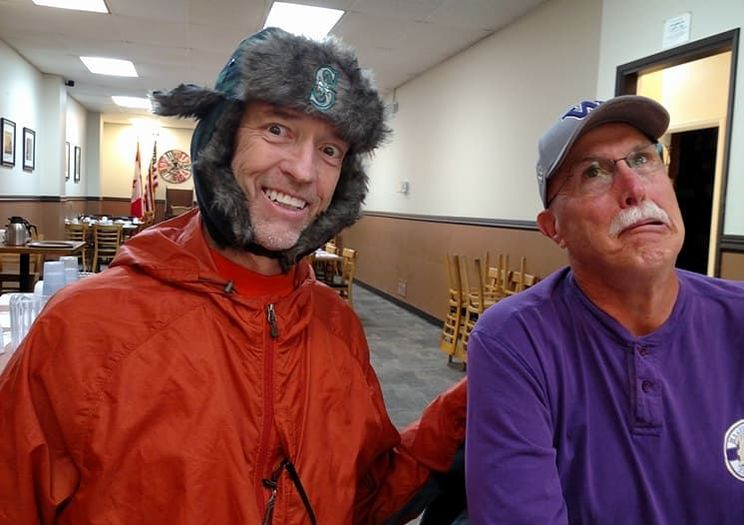


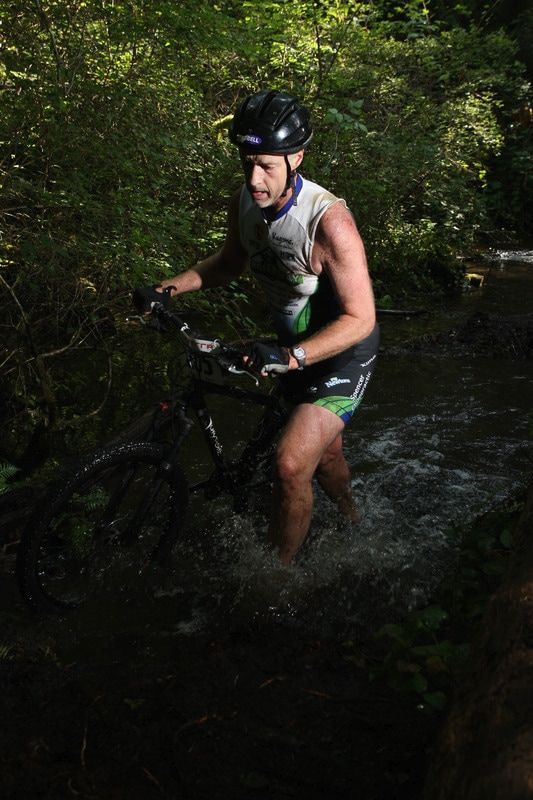
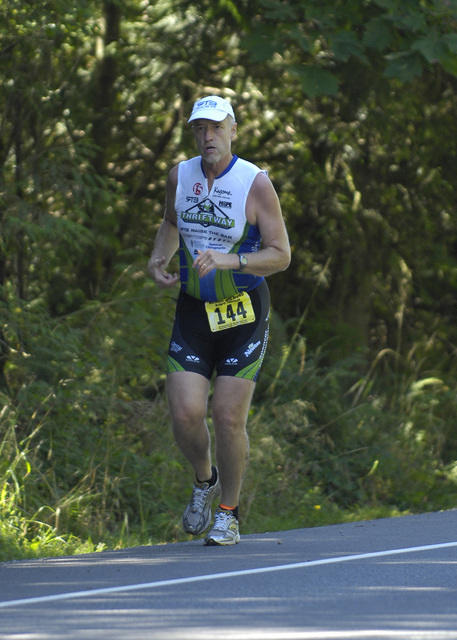
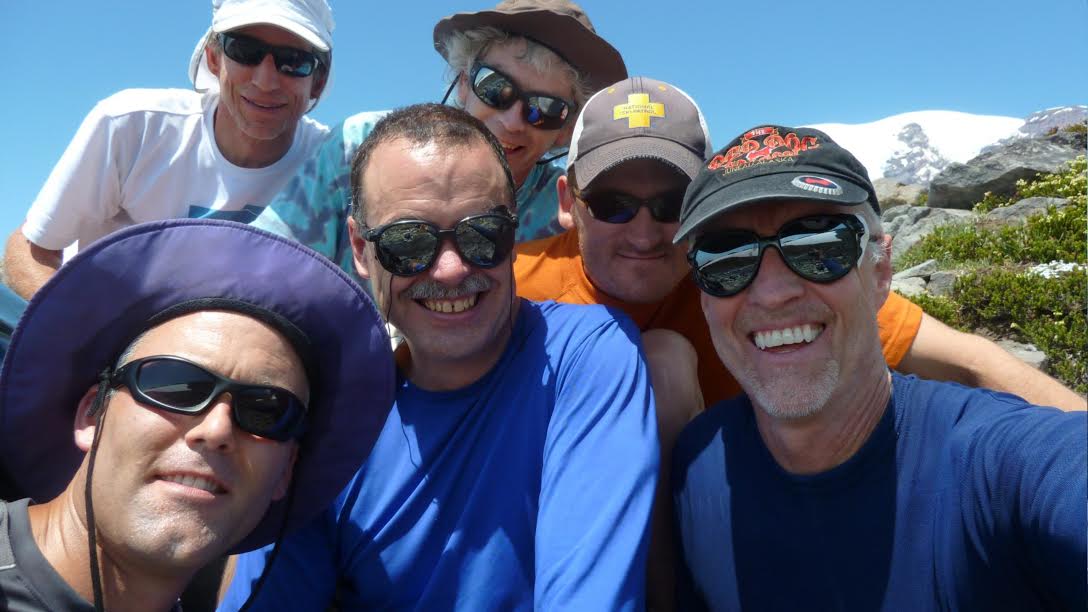


 RSS Feed
RSS Feed
